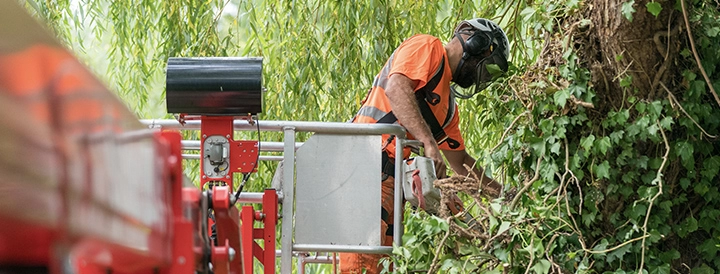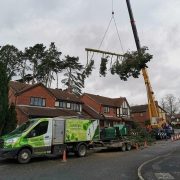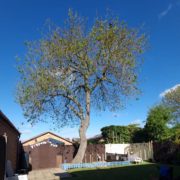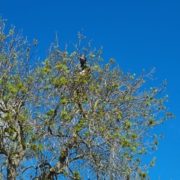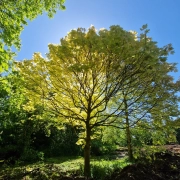What is Tree Pruning? A Beginner’s Guide
Trees are an essential part of our environment. They play a crucial role in the health of our ecosystem. However, as trees grow and mature, they can develop various problems, including disease, structural weakness, and overcrowding. Tree pruning is a technique used to maintain the health, safety, and aesthetics of trees. In this article, we’ll explore what it is and why it’s essential for the well-being of trees. We’ll also discuss what we at Simpson Arboriculture can do to help.
What is Tree Pruning?
Tree pruning is the process of selectively removing branches or parts of a tree. This can improve its overall health, safety, and appearance. Pruning can be done for various reasons, including:
- To remove dead or diseased branches that can cause safety hazards or spread diseases to other parts of the tree.
- To improve the tree’s structure by removing weak or crossing branches that can cause damage during storms or high winds.
- To reduce the tree’s overall size and shape by cutting back branches that are growing too long or becoming overcrowded.
- To enhance the tree’s aesthetics by shaping it into a more appealing form.
Why is Tree Pruning Important?
Tree pruning is crucial for the health and safety of trees. Over time, trees can develop structural issues that can compromise their stability. Furthermore, they can make them more susceptible to damage from environmental factors such as high winds and storms. Pruning can help to correct these structural issues and prevent future problems from occurring.
Pruning also helps to remove dead or diseased branches that can spread diseases to other parts of the tree, and it promotes healthy new growth by allowing more light and air to reach the tree’s interior.
Lastly, it can help to improve the aesthetics of a tree, making it more visually appealing and increasing its overall value.
When Should Tree Pruning be Done?
The best time to prune a tree depends on several factors, including the type of tree, the reason for pruning and the local climate. Generally, pruning should be done in the late winter or early spring while the tree is still dormant. This timing helps to minimise the risk of damage to the tree and promotes healthy new growth in the spring.
However, some trees, such as flowering trees, should be pruned immediately after they bloom to avoid cutting off the buds for the next year’s flowers. Similarly, fruit trees should be pruned in the winter to promote fruit production. Simpson Arboriculture can help you plan the right time to prune your trees and make maintenance plans for single trees of large-scale forestry operations.
In Summary
Tree pruning is a critical aspect of tree care and is necessary to maintain the health, safety, and aesthetics of trees. Pruning should only be done by trained professionals. The right tree surgeons will have the knowledge and experience to identify the right time, technique, and extent of pruning for each tree. Our team of professional and experienced arborists at Simpson Arboriculture would be happy to discuss this with you and advise.
With proper pruning, trees can continue to thrive and provide valuable benefits to our environment and communities for many years to come.

